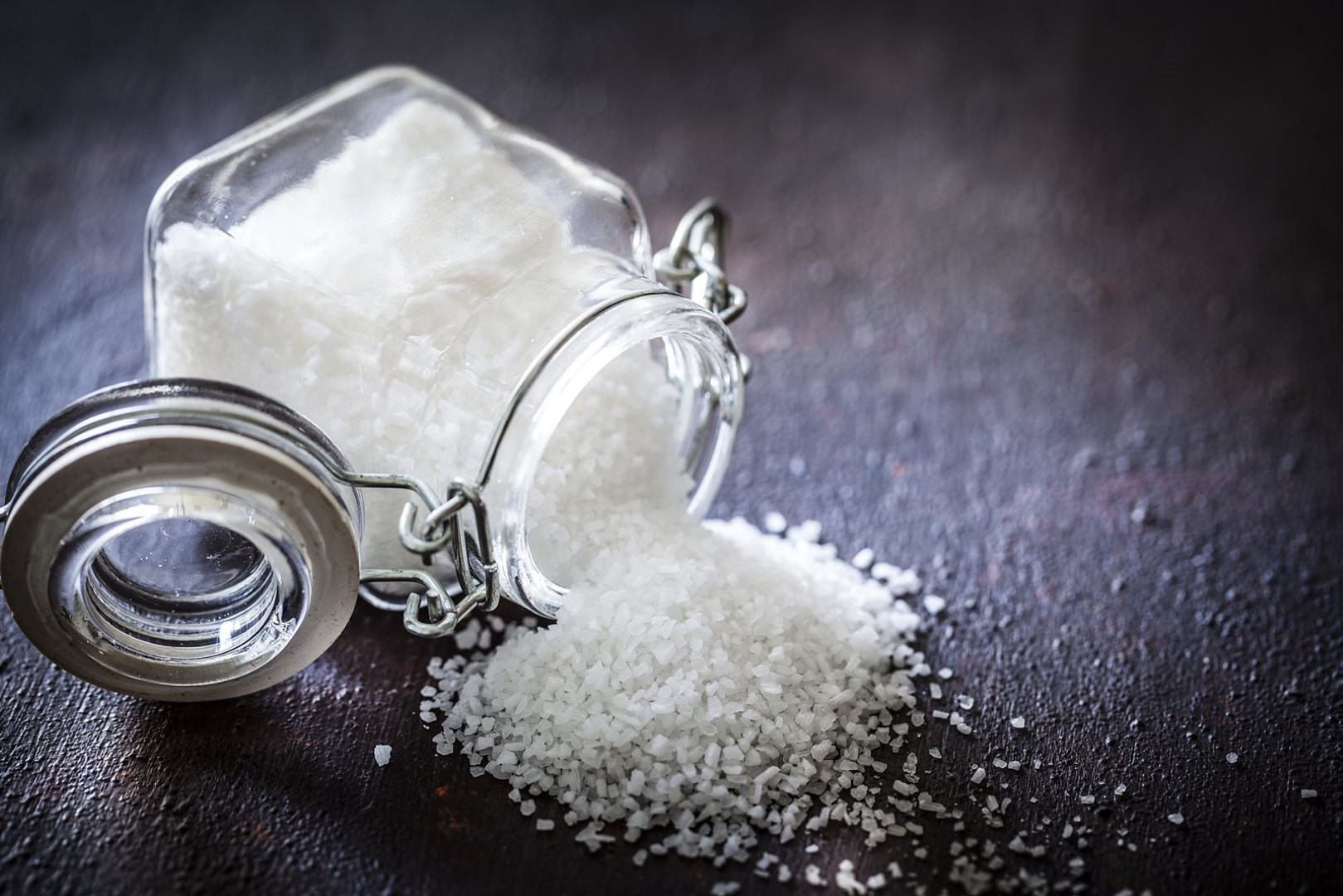
Is salt bad for your heart?
Key takeaways
- Eating too much salt can lead to high blood pressure, which is a major risk factor for heart disease.
- Processed and packaged foods are responsible for most of the salt people eat.
- The best way to reduce salt is to eat a diet based on fresh foods like fruit and vegetables.
- Use herbs and spices to flavour foods during cooking and at the table instead of adding salt.
Salt is a common staple found on most dining tables across Australia. Salt minerals provide your body with important electrolytes that can regulate things like muscle contractions, fluid balance and nerve transmission. Your body only needs small amounts of salt – around 1-2 grams per day.
Salt is made up of both sodium and chloride, and it’s the sodium part that can be damaging to health. Most Australians are eating more than the recommended amount of salt. Getting this balance right is important, because too much or too little salt can cause health problems.
How does salt hurt my heart?
Eating too much salt can lead to high blood pressure, which is a leading risk factor for heart disease. Other health risks associated with eating too much salt, include:
- Kidney disease
- Stroke
- Oedema (fluid retention)
How much salt should I have per day?
The Heart Foundation recommends as a daily maximum amount 5g of salt (2000mg sodium) which is about a teaspoon. Studies have shown the most Australians are eating roughly 9g of salt a day, which is nearly double the recommended maximum.
It is important to remember that all types of salt, including pink Himalayan, rock salt, black salt, table salt and sea salt contain the same amount of sodium. Sodium is the part of salt that can be damaging to health.
What foods are high in salt?
Processed and packaged foods are responsible for most of the salt people eat. You may find this surprising, as some of these foods don’t even taste salty.
Foods that significantly contribute to high levels of sodium in your diet include:
- Biscuits, muffins, cakes, sauces, pizza, burgers, pasta and noodle dishes
- Meat, poultry, and related products, including processed meats like ham and bacon and sausages
- Bread, breakfast foods, and other products made from cereals and grains.
Fresh foods like fruit and vegetables also contain salt but in very low quantities.
How do I reduce salt in my diet?
Salt reduction can be achieved by incorporating the following practices into your daily eating habits.
Eat more veggies
The best way to reduce the salt in your diet is to base your diet around fresh and unprocessed foods, particularly vegetables and fruit. These foods are naturally low in salt and can help improve heart health.
Use herbs and spices instead of salt:
Add extra flavour to food during cooking with a variety of delicious herbs and spices. These can also replace your salt shaker on the dining table.
Cook at home:
Take-away food and food bought out of the home are often high in salt. Preparing and cooking your food is a good way to reduce salt as you are in control of how much salt is added and can choose ingredients reduced in salt.
Read labels
Many packaged and processed foods contain hidden salt, so it’s important to read the label and find out how much is inside. On the nutrition information panel, look at the “per 100 g” column to compare products and try to choose an option with lower sodium.
Tip: If you are short on time, look for foods labelled ‘low salt’ ‘salt reduced’ or ‘no added salt’.
Maintaining a healthy salt intake for life
People with a salty diet have often simply developed a taste for it. As you reduce the amount of salt used in your food, you’ll notice other flavours emerge. Remember that your taste buds will adapt over time and after a few months, you probably won’t notice the lack of salt anymore.
Last updated22 March 2024